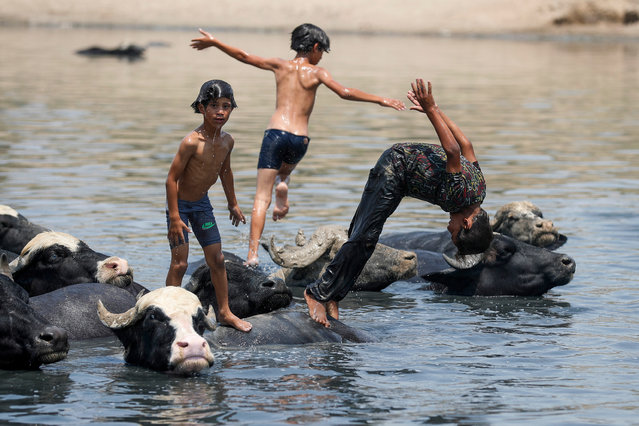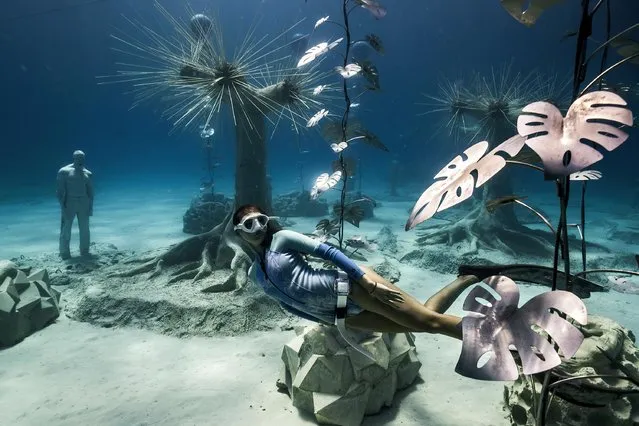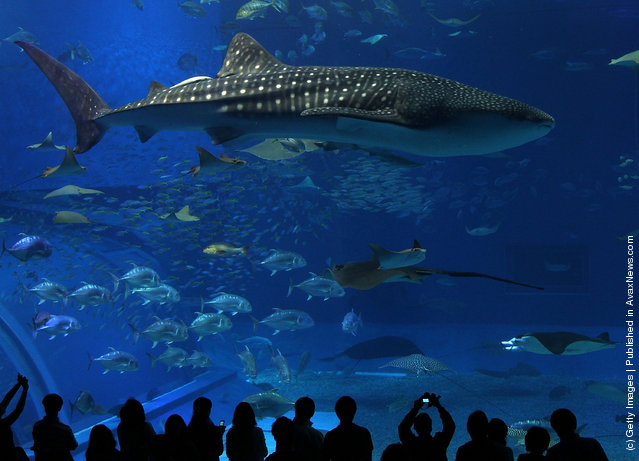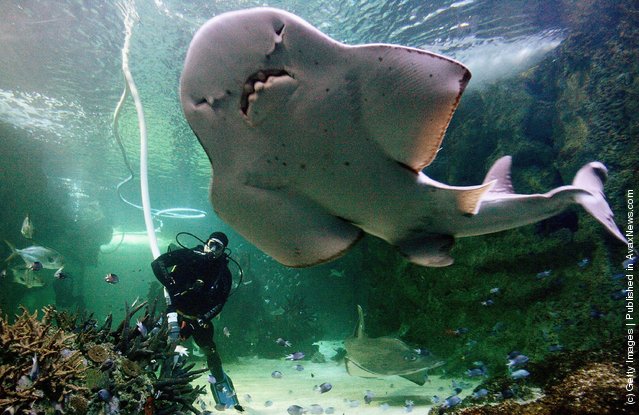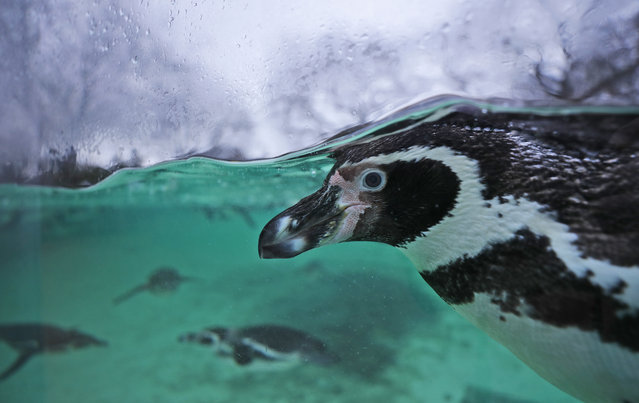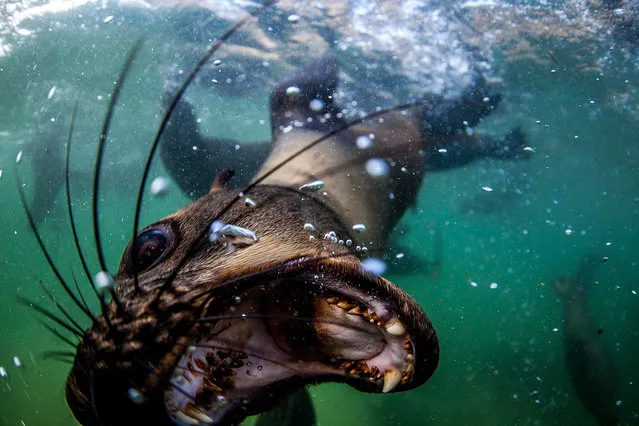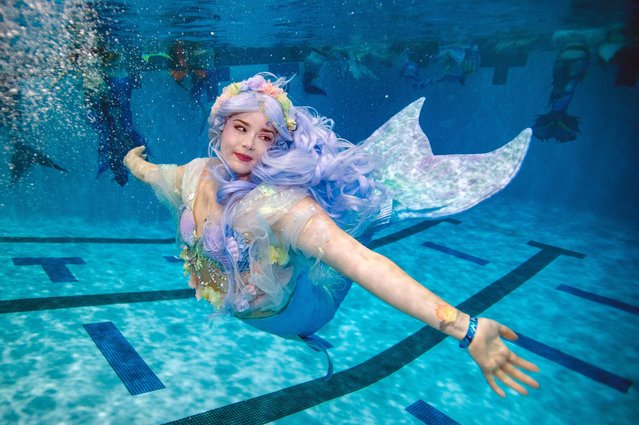
A mermaids swims during MerMagic Con at the Freedom Aquatic Center in Manassas, Virginia on August 7, 2021. MerMagic Con is advertised as the largest Mermaid convention in the world. Some parts of the convention are based on modeling and looks like the Miss Mermaid USA Pageant. The Society of Fat Mermaids looks to bring together plus size people and promote the idea that anyone can become a mermaid. Becoming a mermaid is not cheap, most merfolk spend thousands of dollars on their tail and outfit. Most tails are custom made out of silicone and others are foam and fabric. (Photo by Joseph Prezioso/AFP Photo)
18 Aug 2021 08:25:00,post received
0 comments

